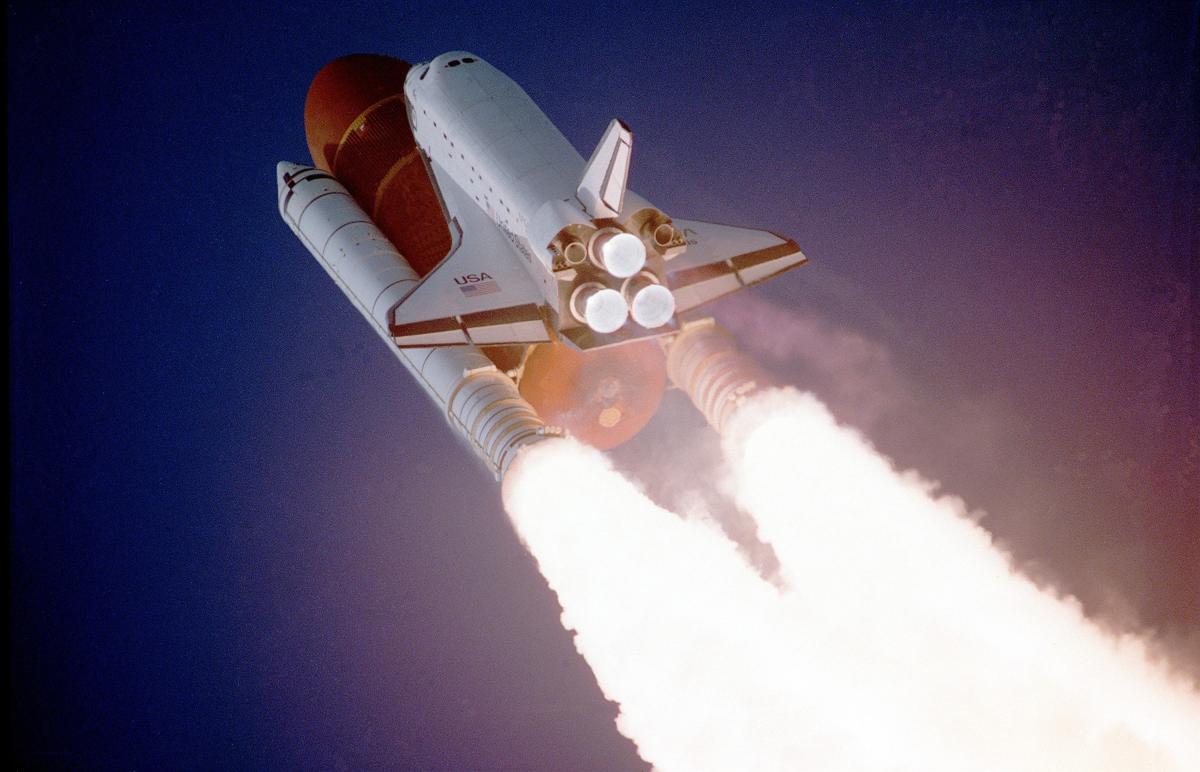
This is the 2nd lesson in a series of 3. In this 8-week project, 6th-grade students will collaborate in small groups to create eco-friendly inventions that aim to reduce their carbon footprints and

This is the 2nd lesson in a series of 3. In this 8-week project, 6th-grade students will collaborate in small groups to create eco-friendly inventions that aim to reduce their carbon footprints and

In this engaging lesson, students build a model rocket. They design an experimental procedure based on their understanding of the forces acting on the rocket. They predict values using a flight

In this lesson, students will experience for themselves what insulators and conductors are in the field of electrical engineering. Students will learn how to use a Steve Spangler Energy Stick to

In this hands-on lesson, students will learn about the concept of Mechanically Stabilized Earth & Newtons Third Law. They hypothesize, conduct experiments using layered sand cubes, analyze results, &

In this lesson, students will use the LEGO BricQ Motion Prime set to build a gymnast powered car that can experiment with the three Laws of Motion. Students can modify the car to move in different

In this hands-on lesson, students will use area and perimeter to plan and design an environmentally sustainable hole for a golf course. Students learn the history of golf and research sustainable

In this lesson, the students will observe matter that has endured a temperature change. They will make predictions about what they think will happen to a form of matter after choosing if it will be

This engaging lesson introduces students to EdScratch! Students will learn to use blocks, transfer programs to Edison, understand warning messages, and understand input parameters. Two challenges are

In this lesson, students perform a lab, and use a materials list to create an "activity series", the inverse of a reduction potential chart. While reduction charts are used more often, the "activity